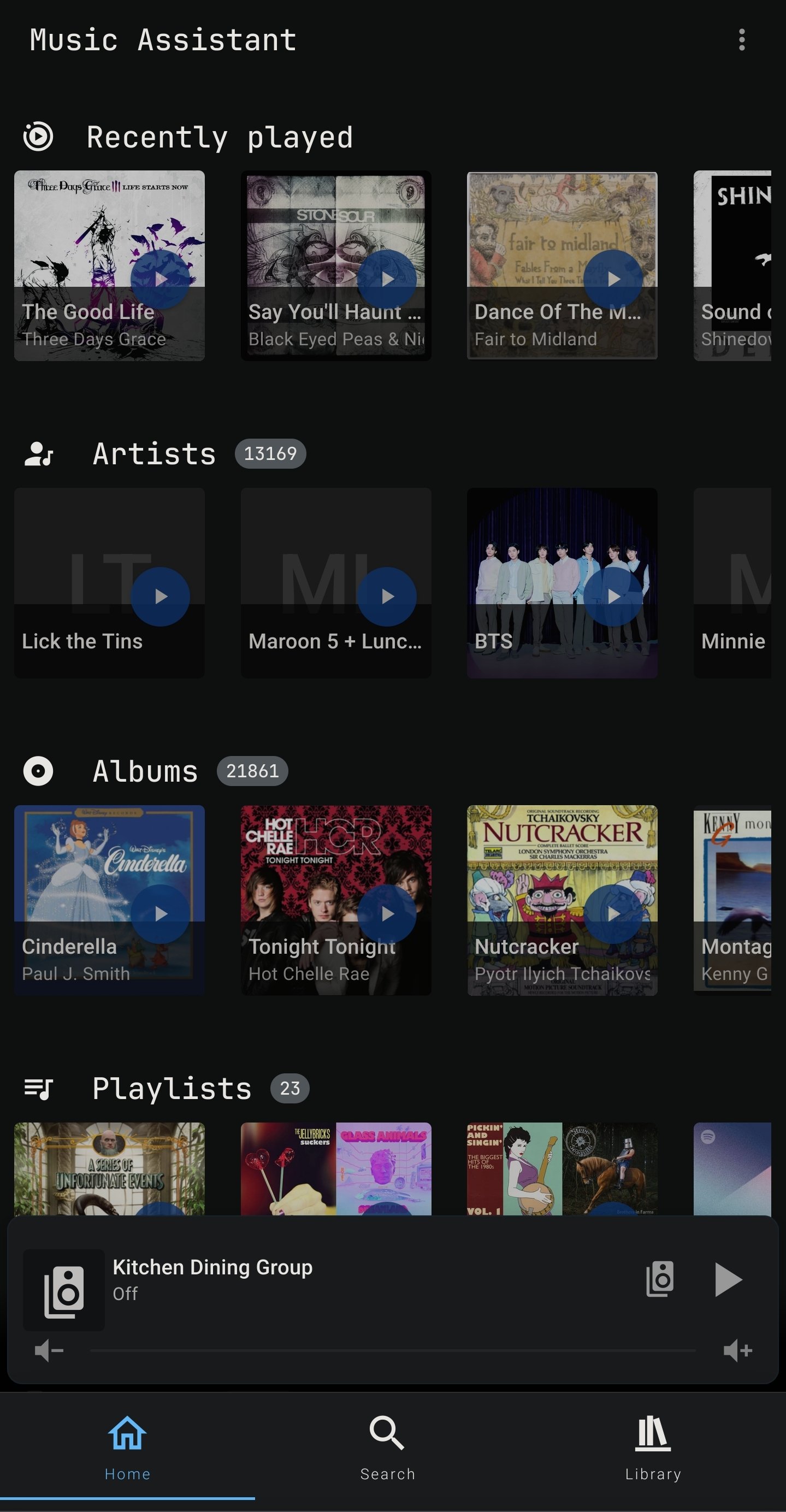What I've been doing:
Easy option: because I only have around 40gb of music, I sync it between my PC and my phone using syncthing since 128gb is the minimum nowadays
Hard option: streaming is cooler so I installed nextcloud with an optional plugin called "music" which allows to connect an app called "ultramusic" and it becomes "self hosted Spotify" with android auto support and all the bells and whistles. Disadvantage: Nextcloud is a moving target. For some reason they have to release new incompatible versions every two or three months. So for plugin developers this is a very annoying upgrade threadmill that eventually leads to burnout and that plugin dies. Even officially supported plugins sometimes don't support the latest version when they launch it. If you choose to use nextcloud with docker, make sure to stay behind 1-2 versions (tag nextcloud:28 when nextcloud:30 is released) or your plugins might suddenly break without any warning. According to fanboys this is the industry standard nowadays and it's up to the user to manually check the GitHub issues of each of the 30 plugins if it's compatible before updating. Even if it's official plugin. They call it "stable" but they mean "beta testing for the paid enterprise version".
